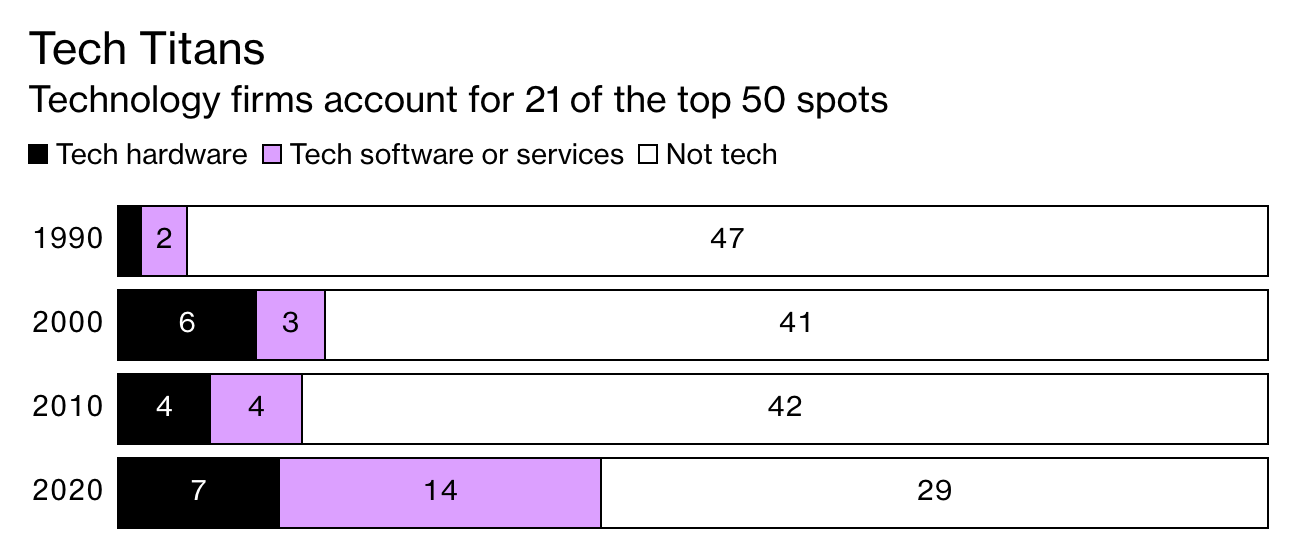What's 🔥 in Enterprise IT/VC #239
Musings on product from a day one investor - 10k foot signals that drive early success
Happy Memorial Day Weekend to those who celebrate. This marks the first days of summer vacation and let’s see if there are any letdowns in the fast 🏎️ and furious venture financing markets. Having been up late last night helping one of our founders sign a term sheet before the weekend kicked in, I can tell you that it is not - this past week has been on absolute 🔥 and I do not see this slowing down any time soon.
Lately, product has been top of mind for me, as it usually is. I’ve written so many times about product in this weekly and thought I’d summarize a few 10k foot maxims when thinking about product, esp. when investing in founders with no product 😄. Warning I am not a product guy and just sharing some thoughts from a day one investor.
Product velocity (Paul Graham) + hiring velocity - can’t get first without right folks onboard from day one, best founders need to incorporate because they have 3-4 builders (eng, design) ready to join BEFORE funding
Who are you building for? Need to understand and focus on that one user first…and can’t skip steps to get to product market fit…nail product for that first user and then move to next, add a zero…
 If you want to go freemium you need to ask yourself "am I building for the manager or end user, developer or director” - super hard to go freemium and viral if product is manager vs core user, too many times founders try to go freemium but don’t realize it’s a top down sale
If you want to go freemium you need to ask yourself "am I building for the manager or end user, developer or director” - super hard to go freemium and viral if product is manager vs core user, too many times founders try to go freemium but don’t realize it’s a top down saleAnd as you grow, never forget this: what is your product north 🌠
Product and GTM go hand in hand
Instincts drive early product, need a product north 🌠 but over time…
Need to wire metrics as well to tweak usage and retention - fullstory for user session recordings, Segment to pipe in data, Amplitude for cohort analysis and funnel and user journeys
Have a wonderful weekend and prepare for an even for an even faster paced 🏎️ summer! As always, 🙏🏼 for reading and please share with you friends and colleagues.
Scaling Startups
Great 🧵 on being an effective senior executive from Dan Rose who worked both for Bezos and Zuck
💯
👇🏼Must read 🧵 from Justin Kan - one of🔑 lessons amongs many others, nail the initial user and product - the why you are doing it and for who…
🤣 State of the market now - but late stage means anything after pre-seed
Is there a typical profile for the founder of a future 🦄? Not really according to Ali Tamseb who is a partner with DCVC and the author of Super Founders (more from Forbes) which analyzed over 30,000 data points to reach his conclusions.
85%: the percent of such companies that had competitors at launch.
30%: the percent of founders who had worked in the same industry before.
17%: the percent of unicorns over the past 15 years that outright failed.
4%: the percent of college dropouts, less than the number of PhDs.
1.6x: how much more likely a founder with a previous startup failure was to reach a $1 billion valuation compared to a first-timer.
Enterprise Tech
from VMware CEO, Raghu Raghuram - I am seeing multicloud in our portfolio come up more and more FWIW
We are at the dawn of this multi-cloud era of computing.
Post spin, we will be the only stand-alone cloud company that has the necessary strategic partnerships with all the major cloud companies and all the leading infrastructure companies to deliver on a truly customer-centered multi-cloud vision.
CNBC Top 50 Disruptor Companies - fintech dominates but lots of enterprise like Snyk (a portfolio co), Cockroach Labs, Cybereason, Databricks, and Airtable
Thought provoking post from Martin Casado (a16z) on benefits of ☁️ early in a software company’s journey and how it can be a huge tax as companies scale - Martin also lays out $ benefits of repatriation and why it’s so important as companies mature and their growth slows and the importance of gross margin magnifies
The exact savings obviously varies company, but several experts we spoke to converged on this “formula”: Repatriation results in one-third to one-half the cost of running equivalent workloads in the cloud. Furthermore, a director of engineering at a large consumer internet company found that public cloud list prices can be 10 to 12x the cost of running one’s own data centers. Discounts driven by use-commitments and volume are common in the industry, and can bring this multiple down to single digits, since cloud compute typically drops by ~30-50% with committed use. But AWS still operates at a roughly 30% blended operating margin net of these discounts and an aggressive R&D budget — implying that potential company savings due to repatriation are larger. The performance lift from managing one’s own hardware may drive even further gains.
👇🏼A primer on chase engineering and what’s next for resiliency from Nora Jones, founder of Jeli.io, an incident analysis platform (portfolio co) and formerly head of Chaos Eng at Slack and prev. Sr. Dir. Chaos at Netflix. So much goodness here and if interested at all in this space, this is a must read. Chaos is great but also need to know what experiments to start with vs. randomly breaking things which is why Nora believes that incident analysis must come first:
Instead of helping companies break things, it focuses on incidents where things break all by themselves, then figuring out what happened and how to keep it from happening again.
 I was interviewed for this great piece on Chaos Engineering - I spoke about how to get ROI from it and highlighted what’s frequently missing from implementations today.Chaos Engineering Moves Beyond ‘Breaking Stuff’ to Highlight Business Value https://t.co/kXydjp7Dz2 @MariaKorolov @LaunchDarkly #Sponsored #KubeCon #CloudNativeCon #ChaosEngineering
I was interviewed for this great piece on Chaos Engineering - I spoke about how to get ROI from it and highlighted what’s frequently missing from implementations today.Chaos Engineering Moves Beyond ‘Breaking Stuff’ to Highlight Business Value https://t.co/kXydjp7Dz2 @MariaKorolov @LaunchDarkly #Sponsored #KubeCon #CloudNativeCon #ChaosEngineering The New Stack @thenewstack
The New Stack @thenewstackReminder: garbage in, garbage out - need high quality data for AI - the grunt work matters
Must subscribe substack from my colleague Shomik Ghosh - 👇🏼 this one with Ray Colletti from Datadog, employee 10, is 🔥 on early sales motion to scale
Data exchanges are becoming a thing with Snowflake and now Google Cloud
It took Google Cloud about 18 months to launch Datashare, Christin Brown, the firm's global financial services industrytechnical solutions leader, told Insider.
Much of that time was spent engineering the pipes that automate the transformation of data submitted by providers. The process includes standardizing various data sets into a uniform format so consumers can analyze and handle data across providers in a consistent way.
That "secret sauce" was the heaviest lift from an engineering and software development perspective, Brown said. The data transformation takes place automatically at the time of ingestion into BigQuery, a data warehouse that also offers analytics and machine-learning tools.
Yes, I’m obsessed with Backstage.io, the open source developer portal from Spotify - great read from Roadie.io and how Expedia is using backstage to manage 20k micro services, 400 unique developer tools, 3000 APIs and more than 1000 bespoke libraries 😲
They are measuring a number of concrete KPIs to establish their level of success with Backstage.
Raw user load. How many internal developers are using the platform and how often.
The number of APIs tracked. While they did have an existing registry which could provide a list of components in Expedia Group, no such list of APIs existed. This list is being built up from scratch in Backstage as developers use the tool.
Change in the time to first and tenth commit. By extracting the time that an engineer joins the company or switches team, and matching that against their commit history, Mike and Erik are measuring the decrease in the time to 10th commit during onboarding.
Markets
Salesforce growth accelerating again along with strong guidance for rest of year - great signs for enterprise software investors
Box beats Q1 expectations delivering over $202m of revenue, up 10% YoY and here is earnings transcript - Aaron is so good at nailing big themes for the public investors and great to see him laying out his big vision for Box, the Content Cloud for enterprises.
Our strategy is well aligned to three major trends that are driving the future of work. First, work is being defined by hybrid work environment. In a recent Gartner study, more than 80% of company leaders surveyed said they plan to allow employees to continue working remotely at least some of the time. Even as offices open back up, traditional physical boundaries will continue to blur and enterprises will need to empower collaboration both internally among virtual and distributed teams, and externally with partners, customers and suppliers to get work done from anywhere.
Second, we know that the future of business will be cloud and digital first. Customer and partner interaction will increasingly be executed digitally from the onboarding of employees to automating workflows with partners. These workflows must function using multiple cloud-based application, access to content in a single unified platform across a multi-cloud environment is critical to ensure productivity and business success.
And finally, data security, compliance and privacy remain more important than ever. Governments across the world are enacting new data privacy requirements and as recent cyber attacks, such as the SolarWinds and Colonial Pipeline events have shown, cybersecurity threats are affecting all enterprises, and creating significant business disruption. Content integrity is an absolute requirement. Content is the lifeblood of a company and any breach that threatens the security of content can cause irreversible damage to the enterprise.
Creative destruction in one pic - Turnover of the Top 50 Largest Companies has been incredible - about 60% every decade and yes, tech and finance dominate (Bloomberg)
The world’s biggest businesses were doing fine until Covid-19 arrived. Now they’re doing even better.
The top 50 companies by value added $4.5 trillion of stock market capitalization in 2020, taking their combined worth to about 28% of global gross domestic product. Three decades ago the equivalent figure was less than 5%.
















